
下载亿题库APP
联系电话:400-660-1360

下载亿题库APP
联系电话:400-660-1360

请谨慎保管和记忆你的密码,以免泄露和丢失

请谨慎保管和记忆你的密码,以免泄露和丢失

关于在职研究生入学考试中的《英语》考试。帮考网为大家准备了2020年考研英语阅读模拟题及答案,帮考网会一步一步陪你备考,你每一次练习的成功,都会淋漓尽致的反映在分数上。一起加油前行。
There is extraordinary exposure in the United States to the risks of injury and death from motor vehicle accidents.More than 80 percent of all households own passenger cars or light trucks and each of these is driven an average of more than 11,000 miles each year.Almost one-half of fatally injured drivers have a blood alcohol concentration (BAC) of 0.1 percent or higher.For the average adult,over five ounces of 80 proof spirits would have to be consumed over a short period of time to attain these levels.One third of drivers who have been drinking,but fewer than 4 percent of all drivers,demonstrate these levels.1)Although less than 1 percent of drivers with BACs of 0.1 percent or more are involved in fatal crashes,the probability of their involvements is 27 times higher than for those without alcohol in their blood.There are a number of different approaches to reducing injuries in which drinking plays a role.Based on the observation that excessive consumption correlates with the total alcohol consumption of a country‘s population,it has been suggested that higher taxes on alcohol would reduce both.While the heaviest drinkers would be taxed the most,anyone who drinks at all would be punished by this approach.
To make drinking and driving a criminal offense is an approach directed only at drinking drivers.In some states,the law empowers police to request breath tests of drivers committing any traffic offense and higher BAC can be the basis for arrest.The National Highway Traffic Safety Administration estimates,however,that even with increased arrests,there are about 700 violations for every arrest.At this level there is little evidence that laws are effective ways to reduce drunk driving.In Britain,motor vehicle accidents fell 25 percent immediately following implementation of the Road Safety Act in 1967. 2) As Britishers increasingly recognized that they could drink and not be stopped,the effectiveness declined,although in the following three years the death-rate seldom reached that observed in the seven years prior to the Act.
Whether penalties for driving with a high BAC or excessive taxation on consumption of alcoholic drinks will deter the excessive drinker responsible for most accidents is unclear.One thing is clear,however:unless we deal with automobile and highway safety and reduce accidents in which alcoholic drinking plays a role,many will continue to die.
1.The author is primarily concerned with____.
[A] interpreting the results of surveys on traffic accidents
[B] reviewing the effectiveness of attempts to reduce drunk driving
[C] analyzing the causes of the large number of annual traffic deaths
[D] making an international comparison of experience with drunk driving
2.It can be inferred that the 1967 Road Safety Act in Britain____.
[A] changed an existing law to lower the BAC level which defined drunk driving
[B] made it illegal for the drunk driver to drive
[C] increased the number of drunk driving arrests
[D] placed a tax on the sale of alcoholic drinks
3.The author implies that a BAC of 0.1 percent ____. the sale of alcoholic drinks
[A] is unreasonably high as a definition of drunk driving
[B] penalizes the moderate drinker while allowing the heavy drinker to consume without limit
[C] is well below the BAC of most drivers who are involved in fatal crashes
[D] proves that a driver has consumed five ounces of 80 proof spirits over a short time
4.The author cites the British example in order to____.
[A] show that the problem of drunk driving is worse in Britain than in the U.S.
[B] prove that stricter laws against drinking drivers would reduce traffic deaths
[C] prove that a slight increase in the number of arrests of drunk drivers will not deter drunk driving
[D] suggest that taxation of alcohol consumption may be more effective than criminal laws
5.The word“deter”in the last paragraph probably means____.
[A] prevent
[B] encourage
[C] punish
[D] threaten
参考答案:
1.[B] 本文探讨了饮酒和汽车事故率的关系,以及相应的限制酒后驾驶的法律对事故率的影响。这在最后一段体现得最为明显。
2.[B] 第二段第一句是这一段的主题句。英国的例子旨在说明,在英国,在刚刚实施新的道路安全法——根据本段第一句该项法律肯定也将酒后(超过规定含量)驾驶视为刑事犯罪——以后,汽车事故少了,但是,因为根据这项法律可以被逮捕的人是血液内酒精含量(BAC)超过一定标准的人,并不是所有酒后驾车的人,所以人们后来认为喝少量酒也没有关系,这样,这项法律的效力也就下降了。
3.[A] 根据第一段第五、六句,1/3的酒后驾车者能达到这个含量(BAC of 0.1 %),但是这还不到所有驾驶员人数的4 %.虽然在达到或超过0.1 %的人中不到l %卷人致命的事故中,但是,他们出事的可能性是不喝酒的人的28倍。由此可见,在作者看来,还有很多没有达到这个含量的人也同样危险,因此,0.1 %的含量标准太高了。
4.[C] 参阅第2题题解。
5.[A] 该词意为“阻止”。
以上就是本次帮考网和大家分享的全部内容了,希望小伙伴们能够继续努力,相信最后一定会取得好成绩的。关注帮考网,还有更多有关考试练习在等着你哦!
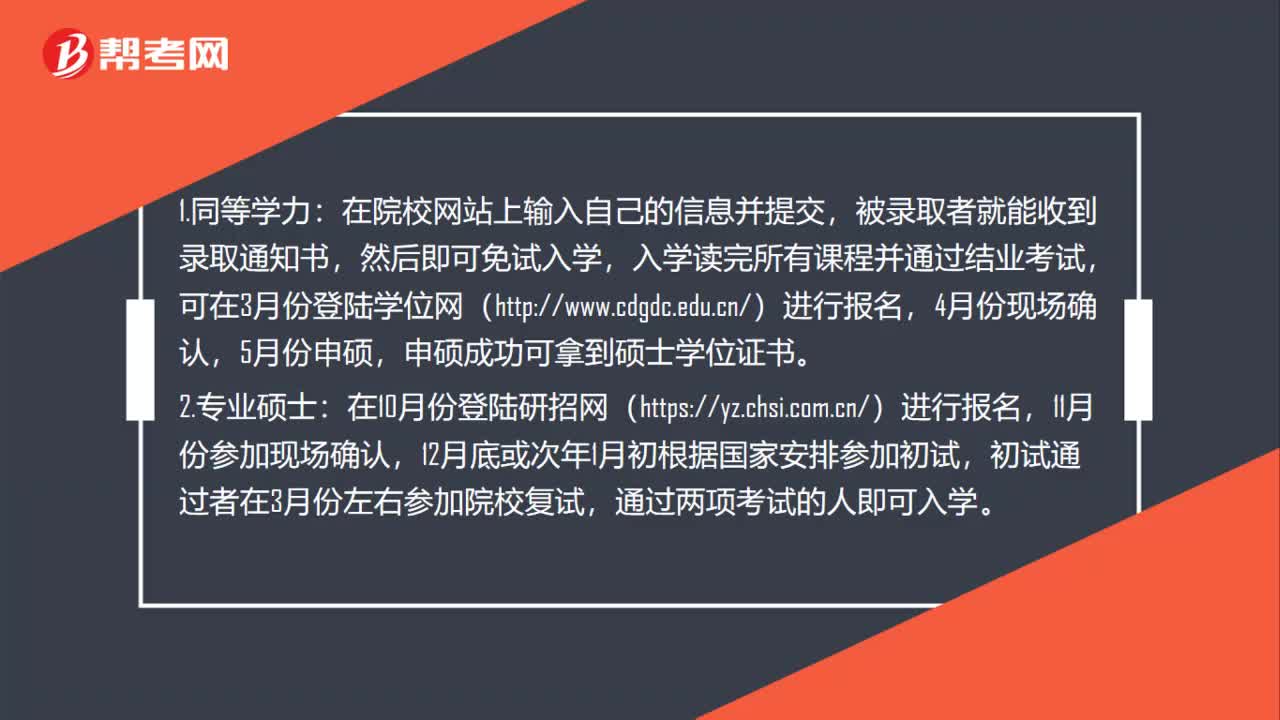 96
96怎么报考在职研究生?:怎么报考在职研究生?在院校网站上输入自己的信息并提交,被录取者就能收到录取通知书,然后即可免试入学,入学读完所有课程并通过结业考试,可在3月份登陆学位网(http:申硕成功可拿到硕士学位证书。初试通过者在3月份左右参加院校复试,通过两项考试的人即可入学。被审核通过者可在收到录取通知书后直接免试入学。在院校招生时间内登录院校网站进行报名,然后等到院校的入学考试通知。
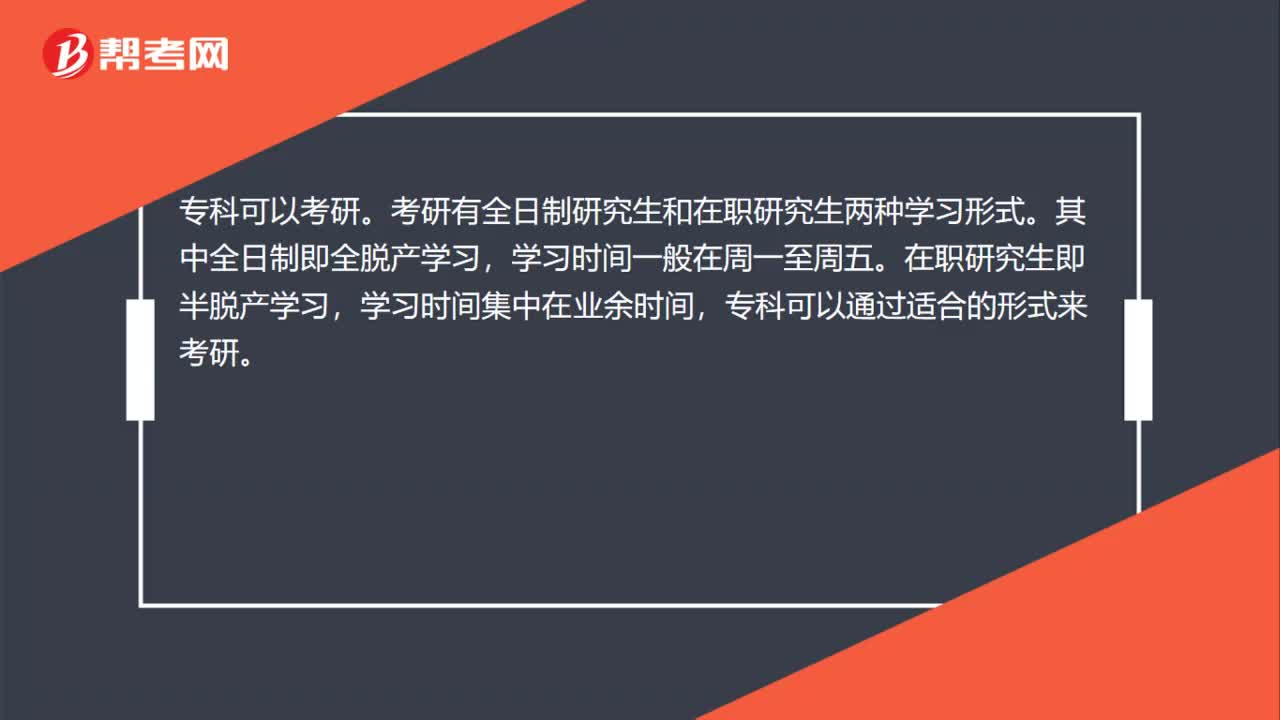 27
27专科可以考研吗?:专科可以考研。考研有全日制研究生和在职研究生两种学习形式。其中全日制即全脱产学习,学习时间一般在周一至周五。在职研究生即半脱产学习,学习时间集中在业余时间,专科可以通过适合的形式来考研。
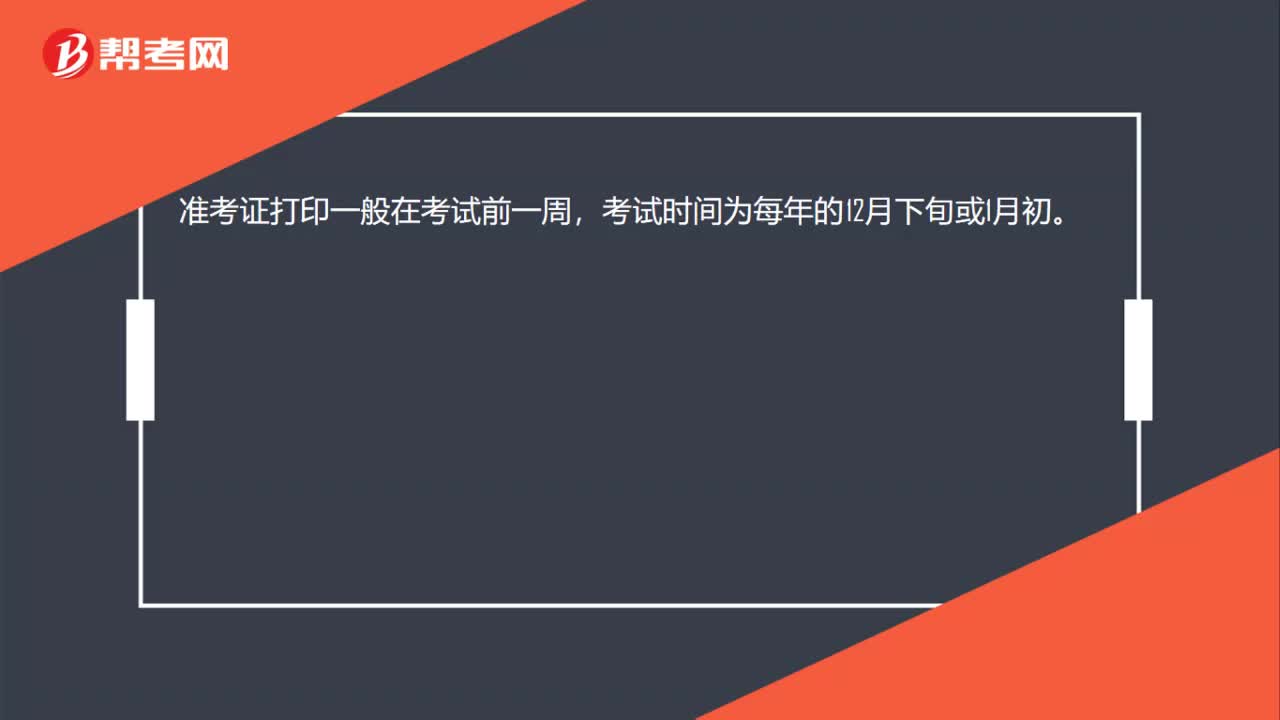 12
12在职研究生准考证什么时候打印?:在职研究生准考证什么时候打印?准考证打印一般在考试前一周,考试时间为每年的12月下旬或1月初。
 01:36
01:362020-06-12
 00:27
00:272020-06-12
 00:12
00:122020-06-12
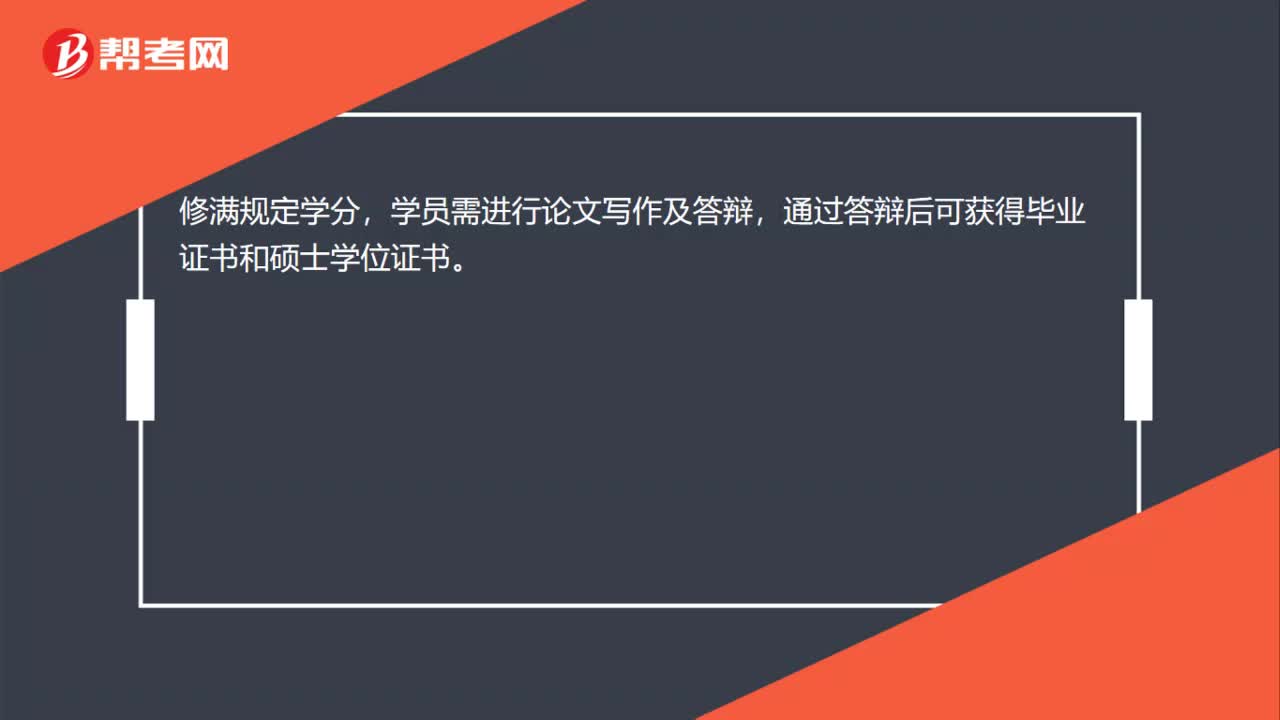 00:15
00:152020-06-12
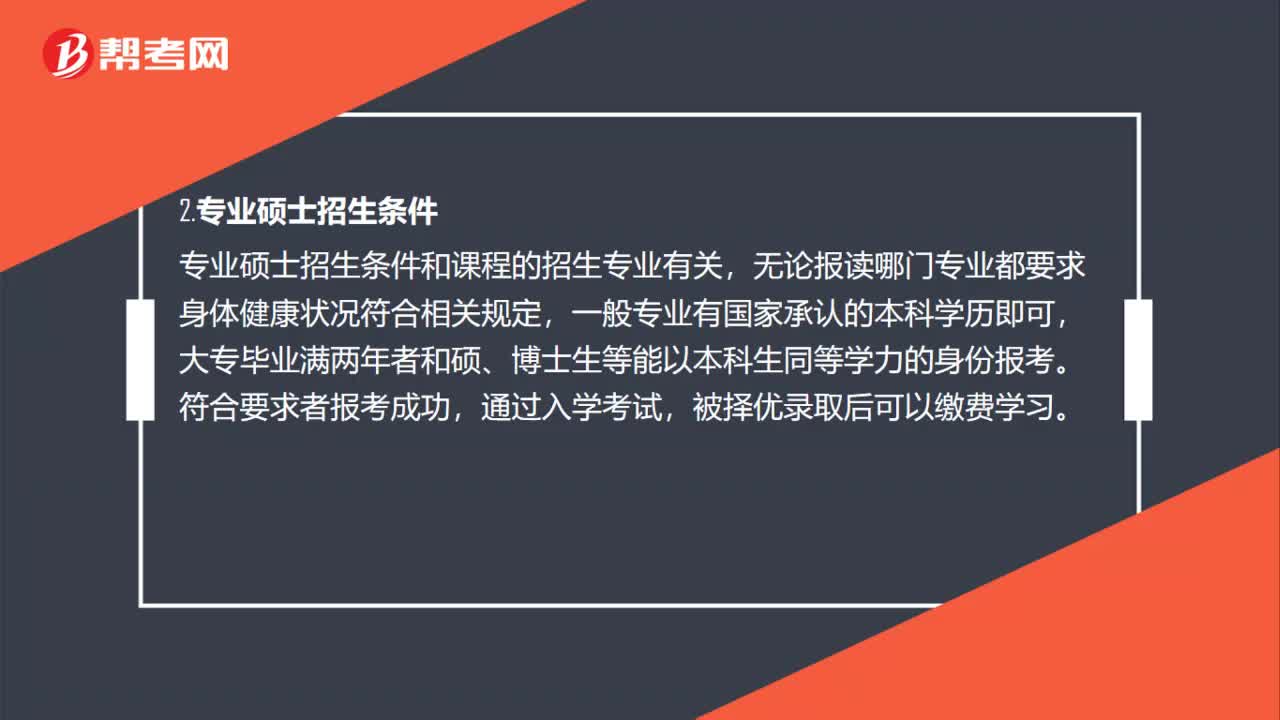 01:32
01:322020-06-12

微信扫码关注公众号
获取更多考试热门资料